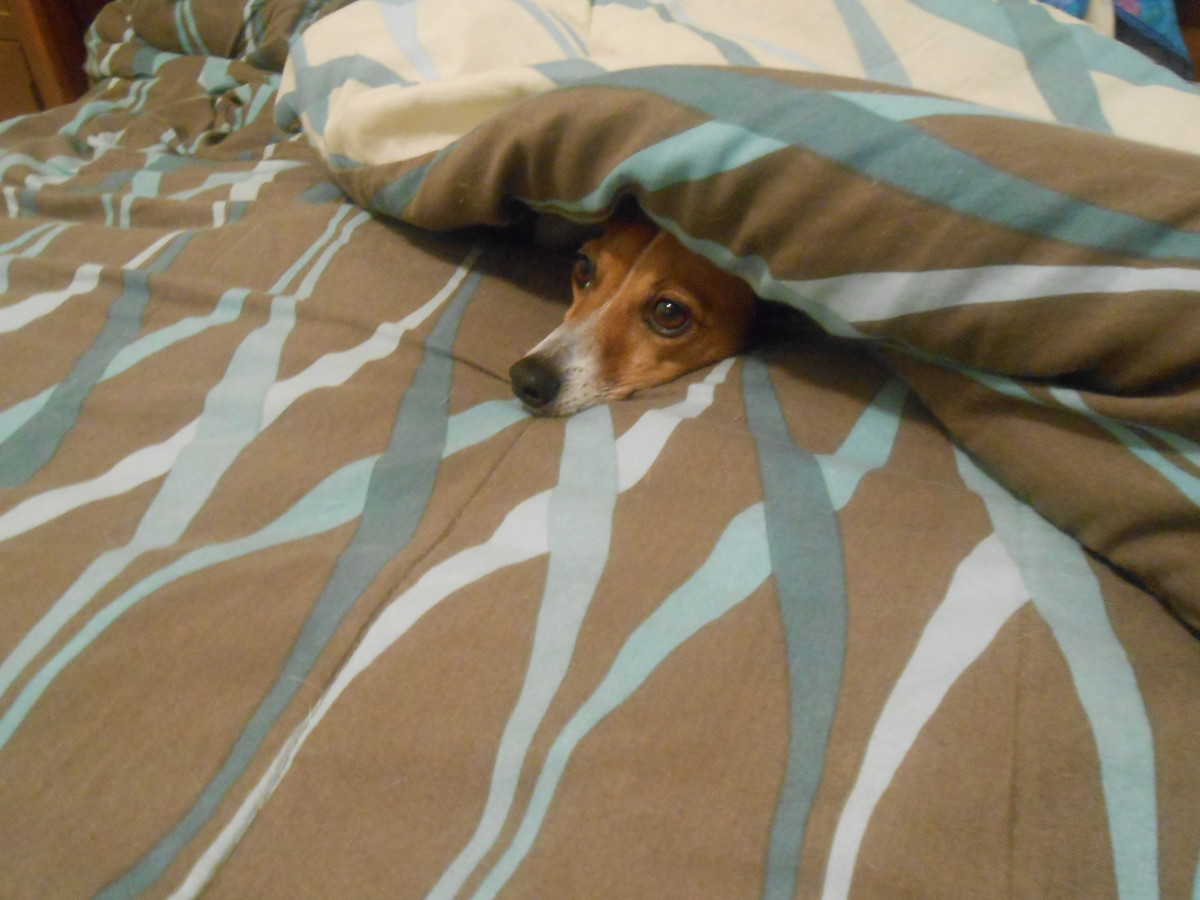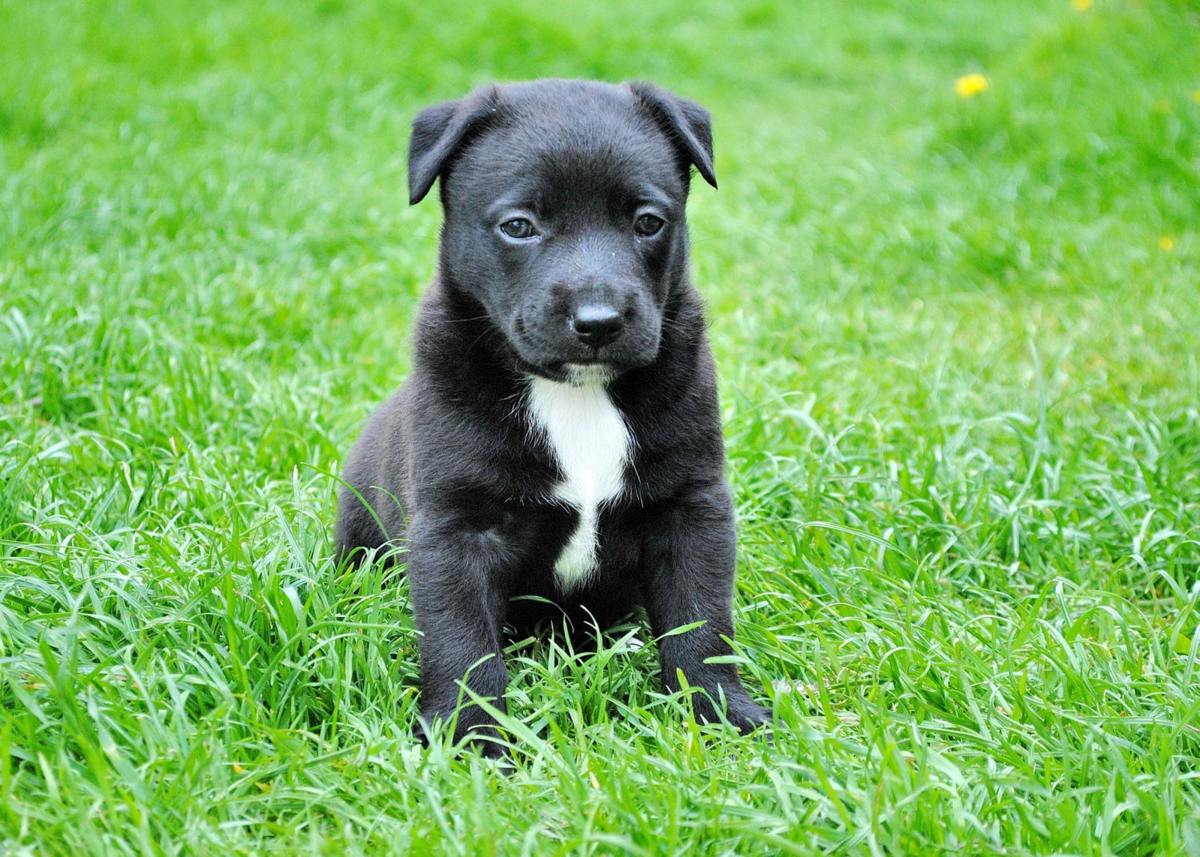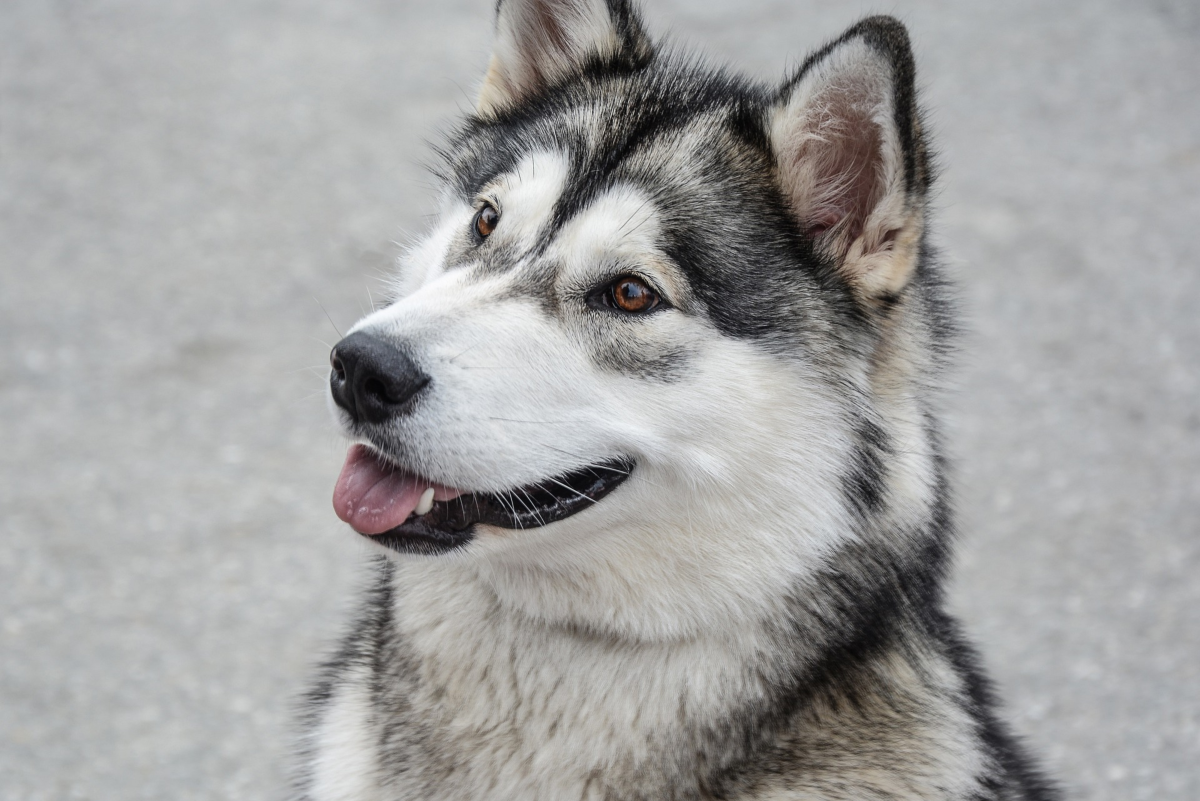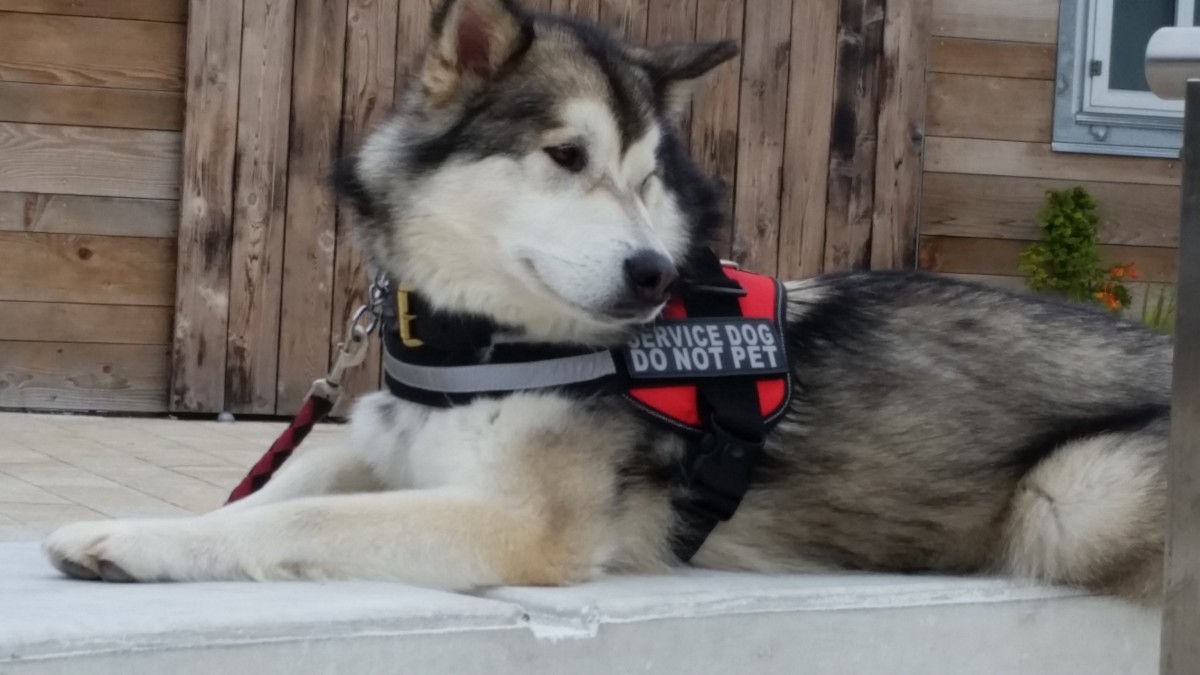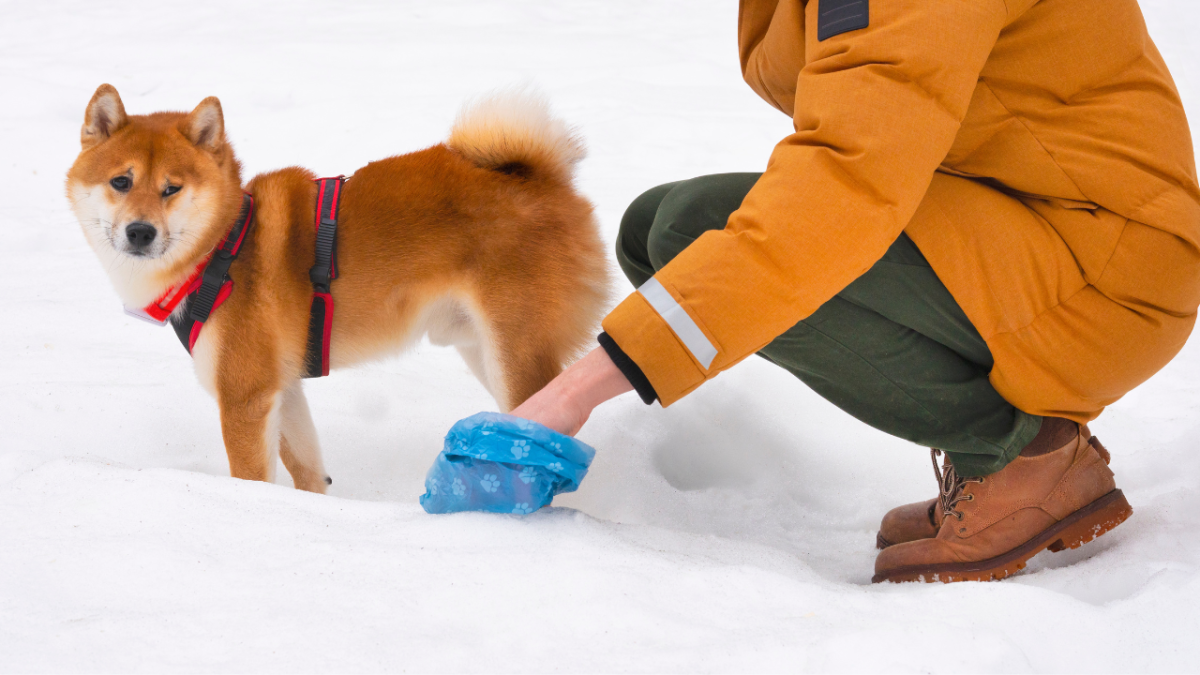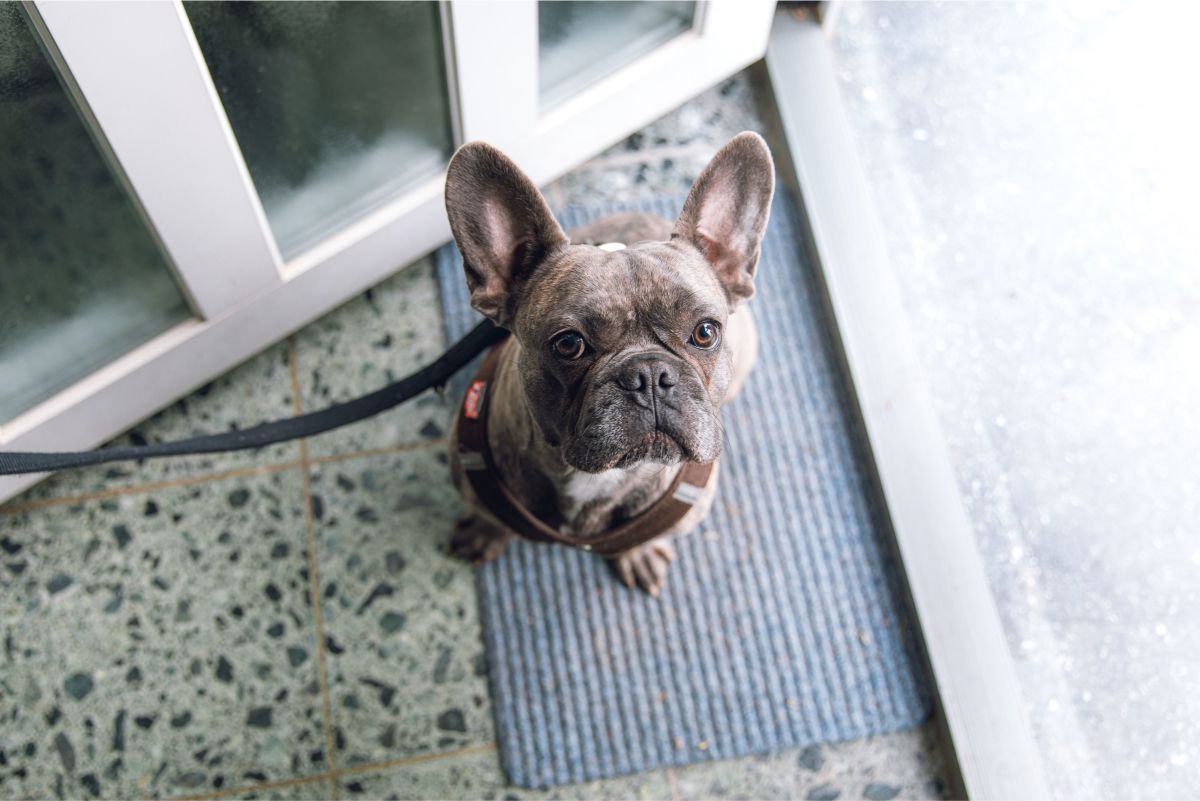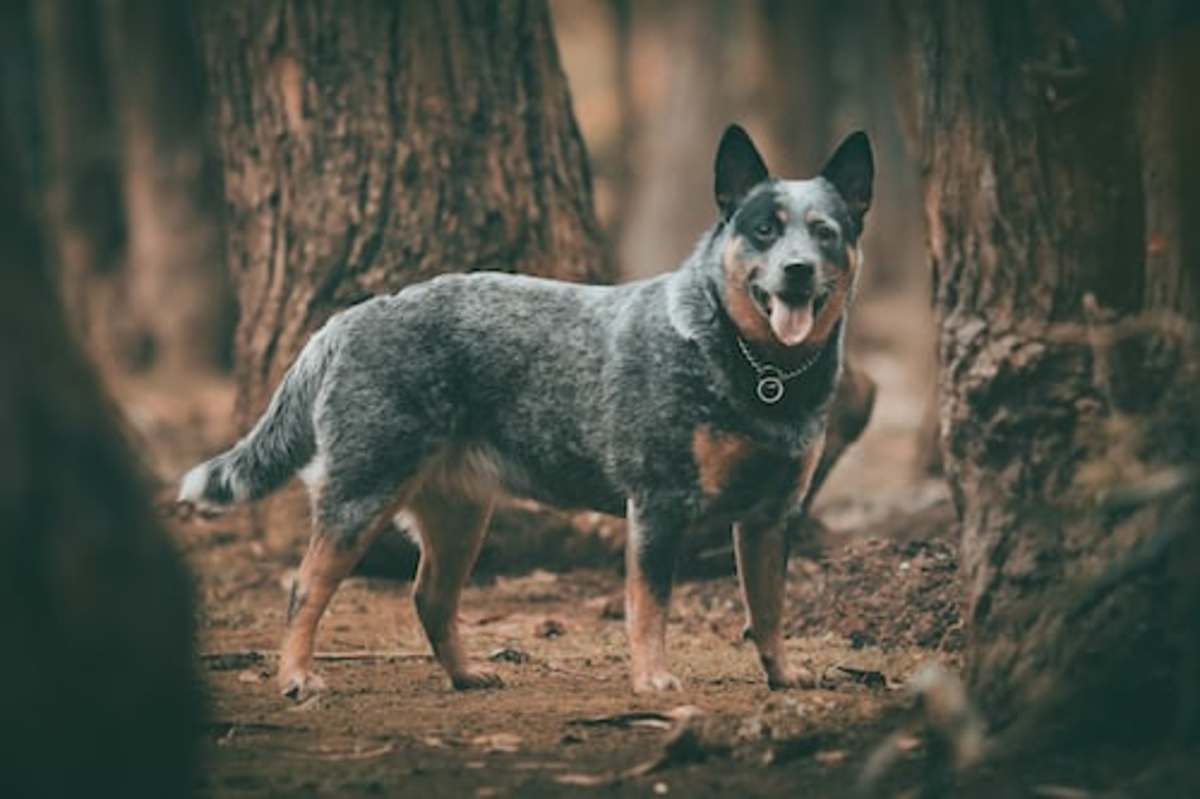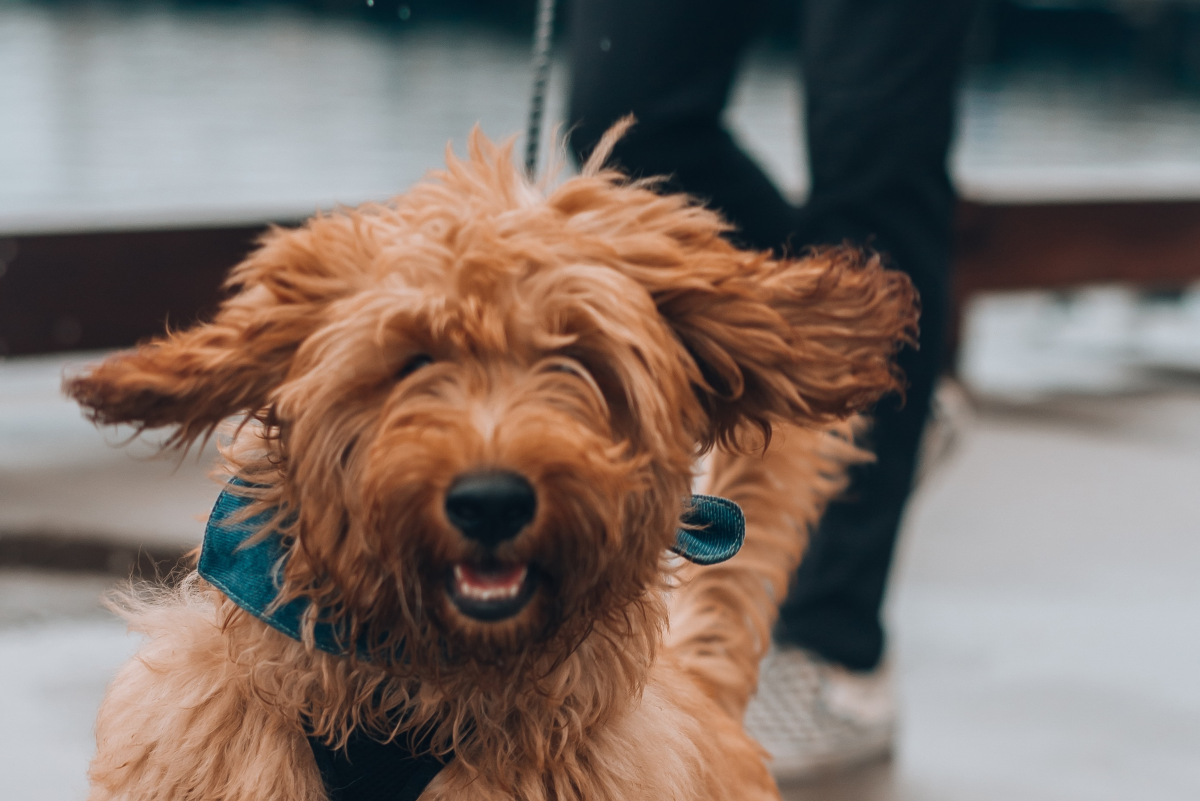- HubPages»
- Pets and Animals»
- Dogs & Dog Breeds»
- Dog Training
How to train your dog to stay with its pack
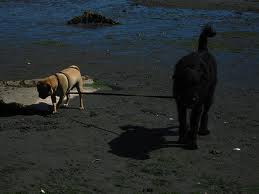
step by step dog training
First step - keep the dog with the pack - six week course
My first suggestion would be to get a light long leash and attach him to one of your better behaved dogs you will need to pick one of your dogs that gets along with the offending dog. This way the dog won’t mind being attached to the naughty dog. This will help him to realise he needs to stay with the other dogs. This is not going to be long term but it will help the dog to realise he is meant to stay close to the other dogs and come when called.
Every now and again call both him and the other dog to you. Since he is attached to the other dog he won’t be able to do much except come to you. Remember to use a high happy voice to call him to you.
You may at first need to give the attached lead a gentle tug or 2 remember to still call him at the same time, and then praise him and the other dog for coming to you. The reason you do this is because you want him to want to come to you. Sometimes if we call a dog and they don’t come we growl at them and punish them stating they didn’t come in a deep angry voice (sadly the dog can then connect the words of their name and come to mean punishment and who wants to go to that). You can also use a few dog treats. (Tiny dog biscuits) give one to each dog when they come when called. I know the other dogs don’t need it but you don’t want them to get jealous which can sadly happen.

Second step - train inside alone on a short leash - this can take a couple of weeks
Weeks 1 and 2 (if it takes longer then it does)
Ok next I would spend 15 minutes each day training the dog on a short lead. You need to do this inside your home in a bedroom with just the 2 of you. You want to teach your dog the basics first like sit, and come, then wait and finally stay.
Why just the 2 of you in a room? Simply because you don’t want to set the dog up to fail by having distractions going on around it.
Why inside? Again the distractions and smells that are outside would be to much of a distraction at this point and you don’t want to set your dog up to fail at this early stage.
Take your dog to a room with no distractions i.e. no one else in it and no other dogs present. Keep the lead on him and attached to your hand as this is the best way to stop him trying to run to the door. so to teach sit as you say sit gently place them in a sit position (you can achieve this by placing your hand on the hip of their rump and pushing down gently.) you then want to praise the dog for sitting either a pat or a treat saying good boy/girl sit. Dogs can learn over 200 words but we as their parents/top dogs/trainers need to remember to use the same words each time. You also need to remember to try to not get frustrated with your dog.
Once the dog sits at your command which could take a week or 2 of 15 minute sessions each day move on to the next step. tell your dog to sit ... slowly place your hand in front of its nose saying wait ... keeping your palm in front of your dog’s nose step in front of him and say come removing the hand at the same time. The hand signal acts in 2 ways first if the dog will learn the hand signal means wait as well as the word so if at some time the dog can’t hear you it can still understand your signals, also most dogs move forwards not backwards so the hand acts similar to blocking the dog from breaking the wait which helps you to teach it the wait and come commands.
Once the dog doesn’t move and you can get in front of it easily slowly start to lengthen the time first 2 seconds that the dog has to wait for your next command then slowly lengthen the time till it’s at least 10-20 seconds.
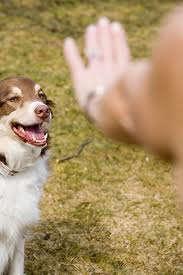
What’s the difference between wait and stay?
I use wait if there is going to be another command soon. This way the dog knows to pay attention.
The stay command is for when there is not going to be another command, for now the dog has to stay where he/she is until I come and get them.
That’s the other difference the command wait means the dog will get another command without me coming to it.
The word stay means the dog has to stay where it is till I have come and gotten it and said okay. (You can use your own word here)
Okay??
This is the word you wish to use (you can pick your own word) that tells the dog works over its play time.
So your dog is now well trained inside on a leash when it is alone
Third step - Train outside alone on a medium length leash - this can take a couple of weeks
Weeks 3 and 4 - again some dogs take a bit longer but once learnt it’s with them for life
Now you need to put the dog onto a longer leash and repeat without the added distraction of the other dogs the same training outside. 15-20 minutes a day. Yep you can lengthen the time to 20 minutes if you wish or need to.
Why alone outside? - There is going to be enough distractions outside with all the smells and sights etc. without adding to them. Remember we don’t want to set the dog up to fail.
Basically follow the same steps as the above second step. Please be patient as your dog will go backwards slightly at this point due to the distractions of being outside. Also start by using the same amount of lead as you would have inside then once the dog is not distracted by the outside world use the full length of your new medium length lead.
Also wander around after saying okay for a few minutes then get the dog to come this is going to reinforce your inside teachings that even when the dog is free to play it needs to listen to you. Keep using treats and praise but start to use praise more and treats less as your dog "gets it".
So your dog is now well trained outside on a leash when it is alone
Fourth step - Train inside with pack and other people on a medium length leash then no leash - this can take a couple of weeks
Weeks 5 and 6 - guess by this time you know this can take longer but is well worth the effort
Why inside? Your adding the distractions of the pack and other people so it's best to take away the added distractions of everyone being outside as well.
okay so follow what you did outside but instead of wandering around after releasing the dog with okay to play allow it to play with the other dogs and call it to come when it least expects it. Please don’t go on to the next step until the dog is able to stop whatever fun it's having and come when called.
Once this starts to happen remove the lead and continue the training off lead. Again only go on to the next step once you feel confident the training so far is set firmly with the dog.
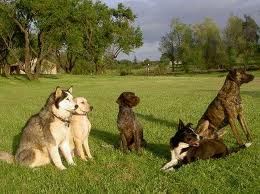
Fifth and final step - Train outside with pack and other people on a long length leash then no leash - this can take a couple of weeks - a month to complete
Weeks 6 - 10 again this may take a bit longer but once it is completed you will have an off leash trained dog who is a good pack member
Why will it take 4 or more weeks? Because until you take the lead off you can’t tweak the few times the dog will ignore your come command. This will happen a few times so be aware of this and don’t get upset or frustrated with the dog.
Again follow the previous steps please do this on lead for at least a week. Once you’re confident in how the dogs reacting to you with all the distractions present take the lead off.
If the dog ignores your come command just walk up to it calmly and quietly and place it onto the lead without saying anything. Now that it's on the leash say come and move off to where you were when you called it. The dog will quickly realise that now the lead is the punishment for ignoring you and that it doesn’t get praise when it is on the lead. If you have to put the dog on the lead then leave it on for the rest of your walk. Try again fresh the next day.
Please don’t use the wait or stay commands because if you do and the dog waits or stays you can’t punish it or place it on the lead as this would confuse it. Never punish a dog for obeying you even if it disobeyed you first. This is why you walk up to it calmly and quietly any time it disobeys you.
If your dog eats pebbles, stones or rocks click here to find out why and what to do about it

